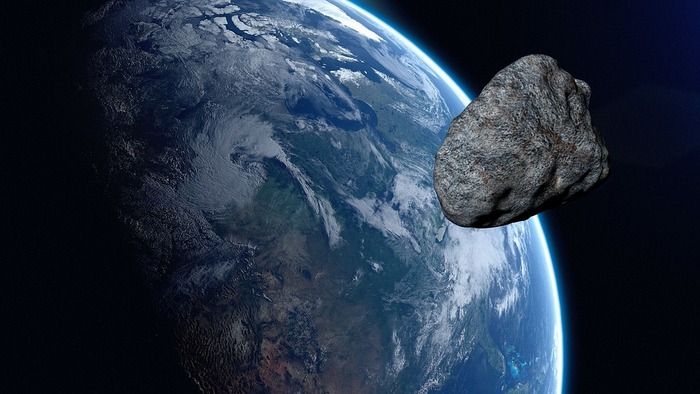The impact of the small asteroid 2022 EB5 was predicted two hours in advance, which on Friday 11 March entered the Earth's atmosphere and disintegrated above the Norwegian Sea: just two meters large, it never represented a danger to the Earth, but rather an opportunity to refine the international mechanisms in charge of planetary defense.
This was in fact the fifth time in which a small asteroid was detected in space before it hit the Earth's atmosphere: to reconstruct the whole story is a note from NASA.
"Small asteroids like 2022 EB5 are numerous and hit the atmosphere quite frequently, roughly every 10 months," says Paul Chodas, director of the Center for Near Earth Object Studies (Cneos) at NASA's Jet Propulsion Laboratory (Jpl). .
"Very few of these asteroids have been detected in space and observed extensively before impact, basically because they are very faint until the last few hours before impact and a telescope must observe the right point in the sky at the right time to be able to detect one" .
In the case of 2022 EB5, the first to sight the small asteroid two hours before the impact was the astronomer Krisztián Sarneczky of the Piszkésteto Observatory in northern Hungary, who immediately reported the object to the Minor Planet Center of the Union international astronomy (Iau).
NASA's 'Scout' impact risk assessment system then made the first measurements to calculate the trajectory of the asteroid.
As soon as it emerged that 2022 EB5 was about to hit Earth's atmosphere, the system alerted Cneos and NASA's Planetary Defense Coordination Office and marked the object on Scout's webpage to inform the community of astronomers that observe objects close to the Earth.
Initially, the first calculations indicated that the impact could have occurred in a region that ranged "from western Greenland to the coast of Norway," says Davide Farnocchia, a JPL engineer who developed Scout. "As more observers began following the asteroid, our calculations on the trajectory and location of the impact became more precise. "Scout determined that EB5 of 2022 would enter the atmosphere southwest of Jan Mayen, a Norwegian island nearly 470 kilometers away. off the east coast of Greenland and north-east Iceland. Finally, at 22:23 Italian time on March 11, 2022 EB5 struck the atmosphere as predicted by Scout, as was also confirmed by infrasound detectors. .





/cloudfront-eu-central-1.images.arcpublishing.com/prisa/XY3C6N54G4B3XBPGV7YLE3AUKM.jpg)


